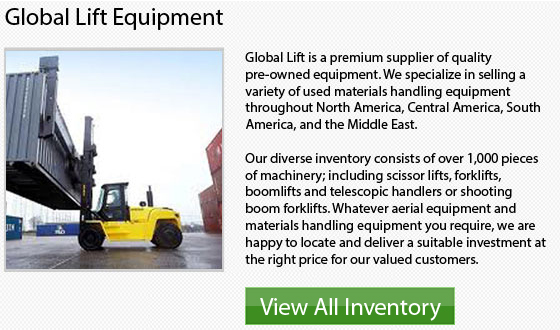
On the market today are forklifts that are categorized in 7 various categories. Classes 1-4 comprise forklifts that are engineered specially to utilize on smooth indoor surfaces. They may be chosen for specific aspects of recycling that occur in those kinds of settings. For more intensive outdoor recycling applications, Class V and VII forklifts are usually used.
There are many company applications that work outside and need to deal with extreme workloads. Their lift truck selection would gravitate toward Internal Combustion machines in Class VII and Class V. These models work really well in any type of weather and have a sufficient amount of power to run heavy things during the course of a shift.
Using a forklift safely is a different vital thing to take into account. Knowing and acknowledging the center of gravity is essential when driving a lift truck, especially while traveling on uneven terrain. Knowing the stability triangle in these tough work situations is also very important.
Often, warehouses can utilize various kinds of reach trucks. Some manufacturing operations and the supply area for many textile firms also rely on various models. Using a reach truck to stock finished goods on pallets, a range of materials and other pieces of machines is common. These types of machines really help in keeping a facility organized and allow them to use the maximum amount of area by stacking vertically. Reach trucks are fairly simple to operate. They can help make better use of both time and available storage space.
It is extremely recommended to buy a brand new lift truck if you are going to need the forklift for 4 to 8 hours per day. With such continuous use, the warranty alone could come in handy. If, on the other hand, you are only unloading and loading not really often or on a bi-weekly basis, then a used unit might be suitable for your needs. Each situation is different and you would have to assess your individual needs before choosing a suitable equipment.